Lydia Becker room
Welcome to the ‘Ghislaine Howard Collection’ at Elliot House, home of Greater Manchester Chamber of Commerce.
The rooms on the first floor are open to visit as is the space on the second floor. If not in use, the four rooms on the ground floor may also be visited.
From 12pm to 5pm on the last Friday of the month, all the spaces in the Chamber are open to visitors.
We hope that you will enjoy your visit. For further information or for any enquiries regarding the work, please contact Ghislaine on: info@ghislainehoward.com
It seemed appropriate to choose for the Lydia Becker room paintings that respond to themes of protest, vulnerability and human rights issues.
Why Lydia Becker? With the passing of the Education Act in 1870 women gained the right to vote for, and to stand for, election to the new School Boards that were set in place to oversee elementary education. This gave women the opportunity to enter into a significant aspect of public life. Lydia Becker stood successfully for the Manchester School Board as an independent member, receiving 15,000 votes. Her place of work was this very building, that had been specifically designed and built to house the Education offices. However, that is only part of her achievement. Lydia Becker worked tirelessly throughout her life to secure, through non-violent means, equal rights for all women. She travelled widely giving talks, often in the face of much opposition and made into a figure of ridicule in the press. Queen Victoria, whose opposition to women’s suffrage is well documented, expressed her views in a particularly forthright manner: ‘This woman deserves to be thrashed’. Lydia continued to work for the benefit of others until her death in 1908. It would not be until 1928 that women over 21 were able to vote and women finally achieved the same voting rights as men.
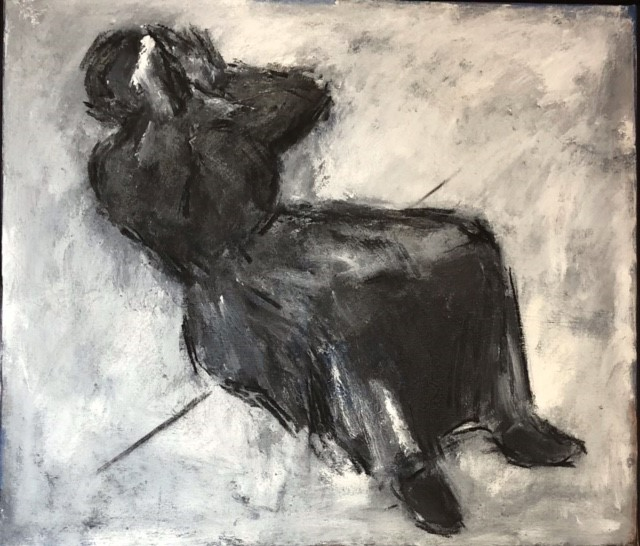
-
Distraught Woman (from Eisenstein’s Battleship Potemkin)
This painting was part of my exhibition ‘Towards an Impossible Painting’, that was held here at Elliot House to mark the 200th anniversary of Peterloo. The image derives from a drawing I made many years ago watching Eisenstein’s 1925 film, Battleship Potemkin.
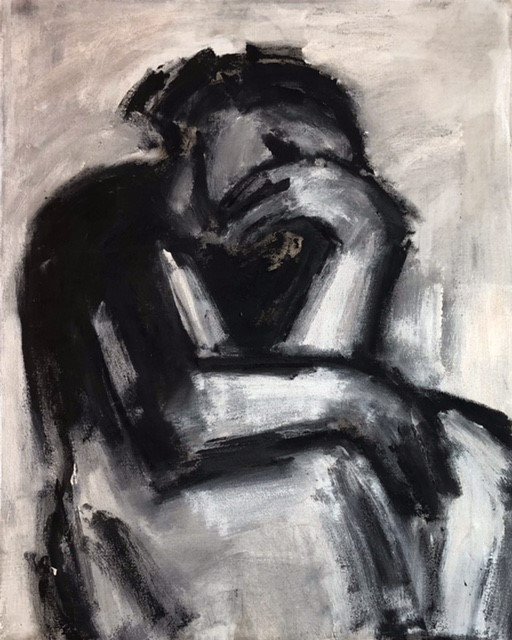
2. Grieving Woman
I love the starkness and simplicity of this pose that so eloquently expresses the incommunicable nature of loss.
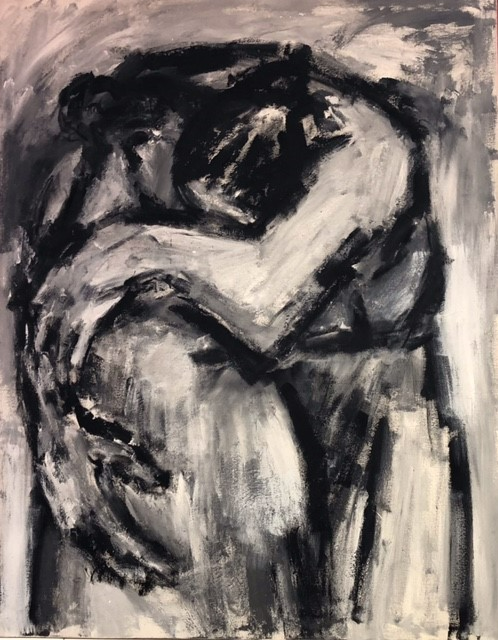
3. Lamentation of the Women of Jerusalem
An image all-too familiar from the news media - reminding us of the timeless relevance of the great stories that make up human culture. This painting is part of The Stations of the Cross/the Captive Figure sequence of 14 monochrome paintings, commissioned by Liverpool Hope University, that I produced in association with Amnesty International. The paintings have been touring cathedrals ever since they were completed in 2000. A large charcoal study of this work is in the Royal Collection.
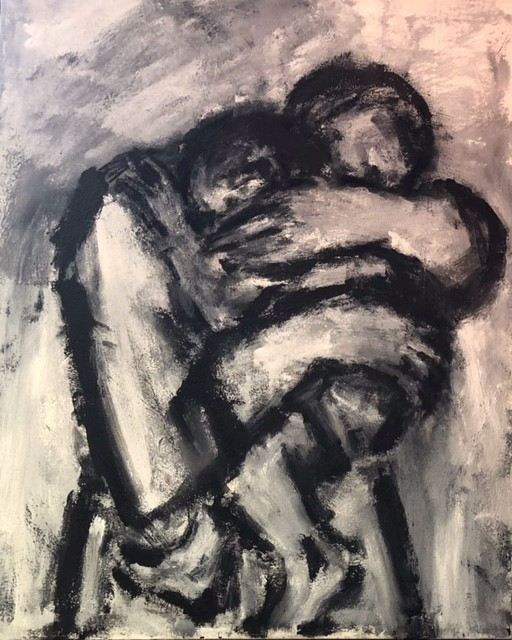
4. Mother Shielding her Child
Painted to promote a charity fund-raising event organised by a friend of mine many years ago. The image is developed from one small daily news image paintings.
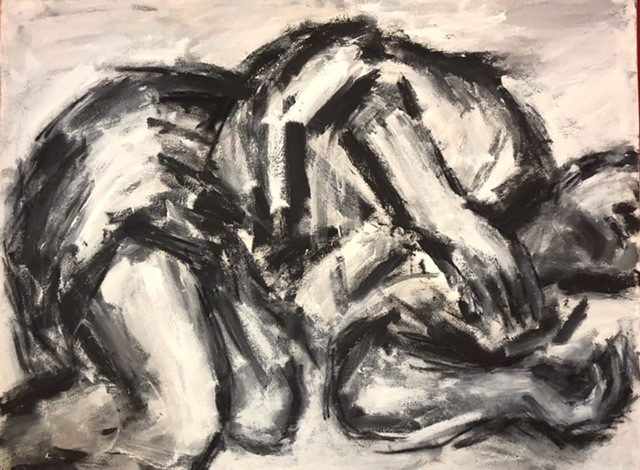
5. Falling Figure
One of the paintings from The Stations of the Cross/the Captive Figure sequence.

